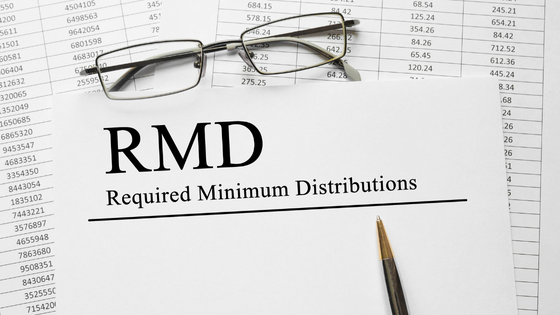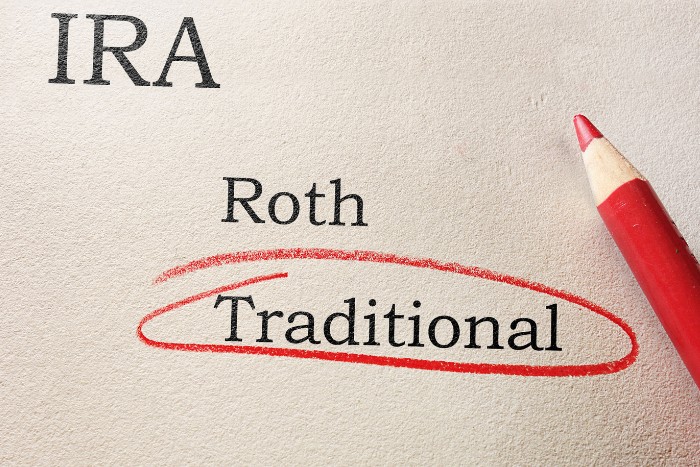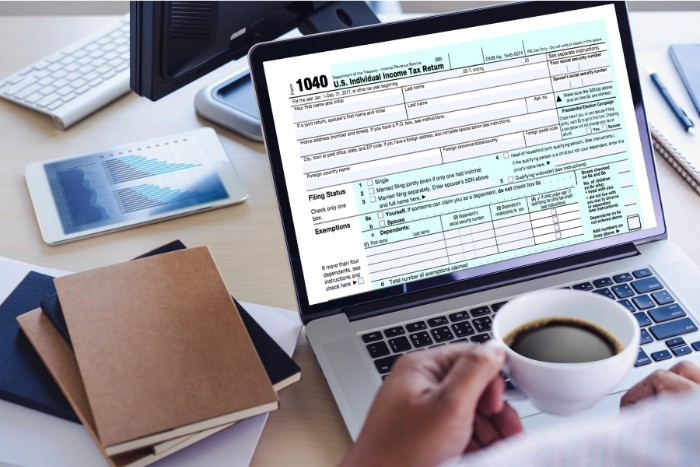7 Important Things to Know About Withdrawals from IRAs

If you have a Traditional IRA, you can’t leave your money in the account indefinitely. Once you reach age 72, you must begin taking withdrawals. Understanding the Traditional IRA withdrawal rules is essential to avoid penalties and manage your retirement funds wisely.
Below, we address some of the most common questions regarding withdrawals from IRAs and how they affect your financial future.
What If I Need to Take Money Out Before Retirement?
If you withdraw funds from a Traditional IRA before turning 59½, the amount will generally be taxed as ordinary income, and you may also face a 10% early withdrawal penalty. However, there are some exceptions where the penalty is waived, including:
- Qualified higher education expenses
- First-time homebuyer costs (up to $10,000)
- Health insurance premiums if you’re unemployed
Keep in mind that while these exceptions eliminate the penalty, they do not exempt the withdrawal from income tax.
When Can You Withdraw From an IRA Without Penalty?

Once you turn 72, you must take your first Required Minimum Distribution (RMD) by April 1 of the following year. This rule applies whether you are retired or still working.
How Are Required Minimum Distributions Calculated?
Your RMD is calculated based on the balance of your IRA at the end of the previous calendar year and a distribution factor from the IRS’s Uniform Lifetime Table. If your spouse is at least 10 years younger than you and is the sole beneficiary, a different calculation method applies.
What Happens If You Own Multiple IRAs?

If you have more than one Traditional IRA, you must calculate the RMD for each account separately. However, you can choose to withdraw the total RMD amount from one or more accounts, rather than taking distributions from each IRA individually.
Can You Withdraw More Than the Required Minimum?
Yes, you can take out more than your RMD if needed. However, any excess withdrawals will not count toward future RMD requirements. Before making additional withdrawals, consider the tax impact and whether keeping the funds in your IRA for continued tax-deferred growth is the better option.
Can You Take Multiple Withdrawals to Meet Your RMD?

You are not required to withdraw your RMD as a single lump sum. You may choose to spread your withdrawals throughout the year, as long as the full required amount is withdrawn by December 31. If it’s your first RMD, the deadline is extended to April 1 of the following year.
What Happens If You Don’t Take an RMD?
Failing to take the required withdrawal results in a 50% penalty tax on the amount that was not withdrawn. This is one of the steepest penalties in the tax code, so it’s essential to withdraw your RMD on time.
Plan Your IRA Withdrawals Wisely

Proper planning for taking money out of an IRA can help you avoid penalties, minimize taxes, and ensure long-term financial security. If you need expert advice on IRA withdrawal tax rates, understanding what happens when you take money out of your IRA, or planning for RMDs, PKF Texas is here to assist you.
Visit PKF Texas today to connect with a tax professional and make the most of your retirement savings.

